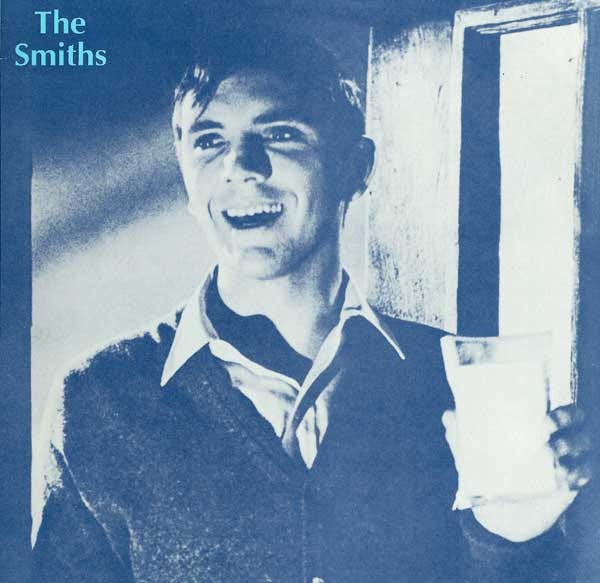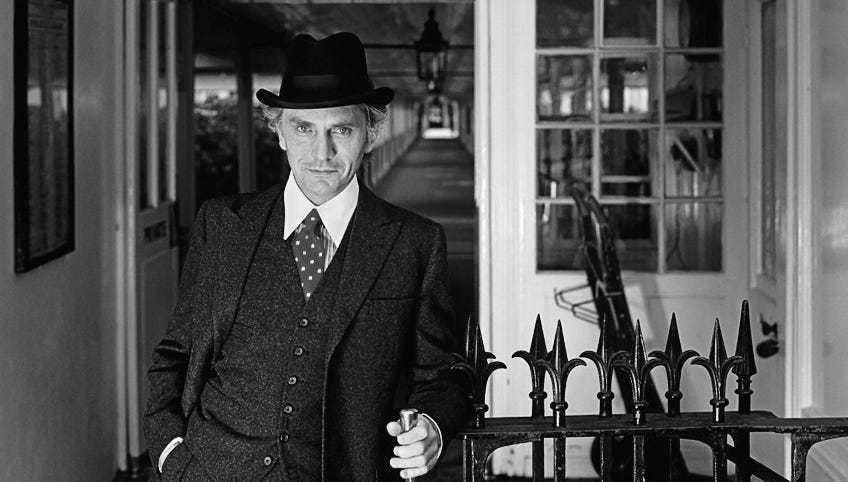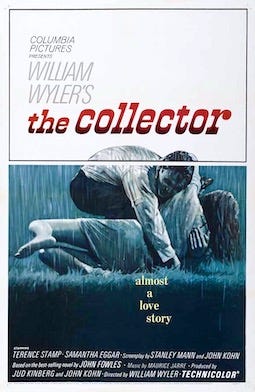What Difference Does It Make?
The Smiths' "absolutely awful" song that became a hit
Released January 16, 1984, 'What Difference Does It Make?' is the Smiths’ third single. The song was also featured on the Smiths’ eponymous debut album, which was released little more than a month later. Peaking at No. 12 in the UK Singles Chart, the song was the Smiths' first significant hit.
The song was released without an accompanying promotional music video at a time when a music video from an up-and-coming band was practically de rigueur. Speaking to Tony Fletcher on The Tube1 a week after the single’s release (regarding the absence of a promotional video), Morrissey explained that he felt that the music video market was something that was going to "die very quickly", and that he wanted to "herald the death" of it. Morrissey’s usual prescience seems to have taken leave with respect to the continued popularity of music videos at this stage of the Smiths’ career.
'What Difference Does It Make?' is among the very first songs written by Morrissey and Johnny Marr (around late autumn 1982). The Smiths introduced the song to the world in a gig at Manhattan Sound, a gay club in Manchester, on January 25, 1983. Aside from being the Smiths’ second concert to date, it was the very first time they performed with their classic line up that included Andy Rourke (at their debut gig in October 1982 at the Hacienda in Manchester, Dale Hibbert played bass).
[It is noted that the Smiths recorded a number of different versions of 'What Difference Does It Make?', with there also being various outtakes and demo versions being released on bootleg throughout the years. This post will focus upon the primary versions of the song.]
The song was initially recorded during the Smiths' second session at Drone Studios in Manchester in December 1982. Along with 'Miserable Lie' and 'Handsome Devil', it was sent to EMI in the hopes of securing a record contract.
The song was recorded again on May 18, 1983 for the Smiths' very first appearance on John Peel's BBC program, which was broadcast on May 31, 1983, with producer Roger Pusey. This version of the song is included on the compilation album Hatful of Hollow. Listen to the John Peele version of the song here:
Two more versions were recorded in July/August 1983 at London's Elephant Studios with producer Troy Tate during the initial sessions for the debut album. Listen to the Troy Tate version of the song here:
The definitive version was recorded in mid-October 1983 at Pluto Studios in Manchester, this time with producer John Porter. Additional mixing was done during sessions in November 1983 at Eden Studios in London. Listen to the definitive version of 'What Difference Does It Make?'' here:
The song's title seems to have been borrowed from the Jack Kerouac2 novel The Dharma Bums3, which was published in 1958. The novel’s main character, Ray Smith, repeatedly says "What difference does it make?" (as well as "Pretty girls make graves") throughout the book.
The single’s cover art consisted of a photo-still of English actor Terence Stamp4, taken on the set of the film The Collector5.
Stamp’s formal permission to use his image had yet to be obtained when the initial pressings of the single were released. As it turned out, Stamp denied permission for his image to be used, which resulted in the use of a near-identical image of Morrissey re-enacting Stamp’s photo-still for a limited number of pressings. The Morrissey version of the cover art sees him holding a glass of milk, as opposed to a chloroform pad in the original. Stamp soon changed his mind and provided his authorization to use his image, and the original cover art was reinstated for all future pressings.
Morrissey discusses the cover art imbroglio in his book, Autobiography:
‘I use a photograph of Terence Stamp as the sleeve image partly because I am assured that clearance can be gained from Stamp through Geoff’s mutual friendship with Sandie Shaw. Once the single is issued, Terence Stamp objects and will say (years later) that ‘Morrissey did not ask for approval.’ A new shot is panicked together, wherein I imitate the Stamp shot, although I choose to hold a glass of milk in place of Stamp’s strychnine-soaked muslin cloth. I am ugly against Stamp’s glamor-handsomeness, but it will have to do, since the single has already risen to number 12. Evidently Rough Trade are quite pleased about the sudden censoring of the original sleeve, because it might mean that collectors buy the single with the new sleeve also, thus bumping up sales.’
According to Stephane at PassionsJustLikeMine.com, the Smiths performed 'What Difference Does It Make?' in concert at least 83 times, and possibly up to 104 times as setlists for some of their earlier concerts are no longer extant. Other sources indicate only 81 performances of the song by the Smiths (to date, Morrissey has never performed the song as a solo artist).
Watch the Smiths "perform" a lip-sync version of 'What Difference Does It Make?' live on Top of The Pops, which was originally broadcast on January 26, 1984:
Morrissey, Johnny Marr and Mike Joyce have each weighed in on 'What Difference Does It Make?' in interviews and print many years after its release, with Morrissey in particular expressing thinly veiled disdain for the song:
"It was all right. I didn't think it was a particularly strong one. A lot of people liked it and it got to No. 10. It followed 'This Charming Man' and was part of that peak. It was all right. It went down great live, and that's when I liked it."
- Johnny Marr, Record Collector, November/December 1992
"We used to have a version of 'What Difference Does It Make?' which was a lot more rumbly drum-wise, more of a jungley rhythm. John Porter listened to it and said, 'Try it like this,' very much straight 4s. I thought, Hmmm, I don't really like this, and Morrissey looked at me as if to say, 'No, I agree with you, Mike.' So, me and Morrissey would be sitting on one couch, and Johnny and John would be on the other, both grumbling away at the others. We tried it John's way and he was bouncing around the room, like, 'Cool, sounds more like a single!' And of course he was right. It turned out to be one of our biggest hits!"
- Mike Joyce, Mojo, March 2000
"There's a couple of songs I don't like. In fact, I didn't really like them at the time. Like 'What Difference Does It Make', I thought was absolutely awful the day after the record was pressed..."
- Morrissey, Q, September 1992
"There are a few solo singles that embarrass me, and I never liked 'What Difference Does It Make?' by the Smiths. Over 30 years, there's bound to be a few stinkers."
- Morrissey, Philippine Daily Inquirer, 2012
"I had loved the song until its defilement on The Smiths album; the loose swain's saunter now sounded stiff and inflexible, the drums sounding too frightened to move, the voice sounding like something gone to its reward - or, at least, resting in peace.
- Morrissey, Autobiography 2013
See attached video of the interview beginning 1:48 for commentary about absence of a promotional music video:
Released just one year following the success of his previous novel, On the Road, The Dharma Bums was another success for Jack Kerouac and became one of his most popular books. The novel would also go on to have a significant influence on the Hippie counterculture during the 1960’s.
The Dharma Bums concerns duality in Kerouac's life and ideals, examining the relationship of the outdoors, mountaineering, hiking, and hitchhiking through the western United States with his "city life" of jazz clubs, poetry readings, and drunken parties. The protagonist's search for a "Buddhist" context to his experiences (and those of others he encounters) recurs throughout the story.
The Collector is a 1965 psychological horror film directed by William Wyler and starring Terence Stamp and Samantha Eggar. Its plot follows a young Englishman who stalks a beautiful art student before abducting and holding her captive in the basement of his rural farmhouse. It is based on the 1963 novel of the same title by John Fowles
.








The Troy Tate version sounds the best I think. Can't understand why Morrissey hates it so much. Great music, great lyrics!
Fantastic. The Kerouac detail is revealing. You quote Marr saying, " It went down great live." That remains 100% true. It's electrifying; the main mover at tribute shows.